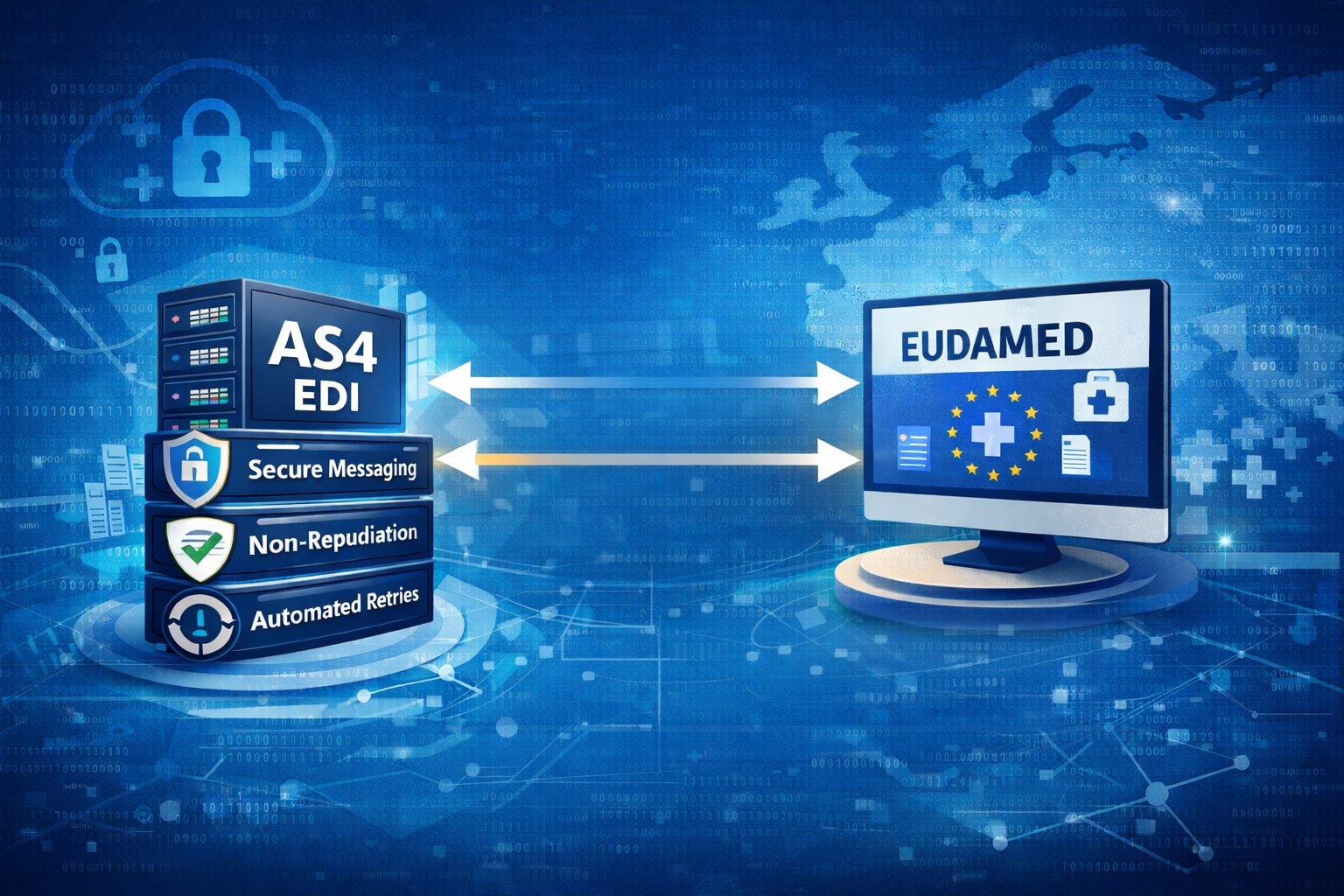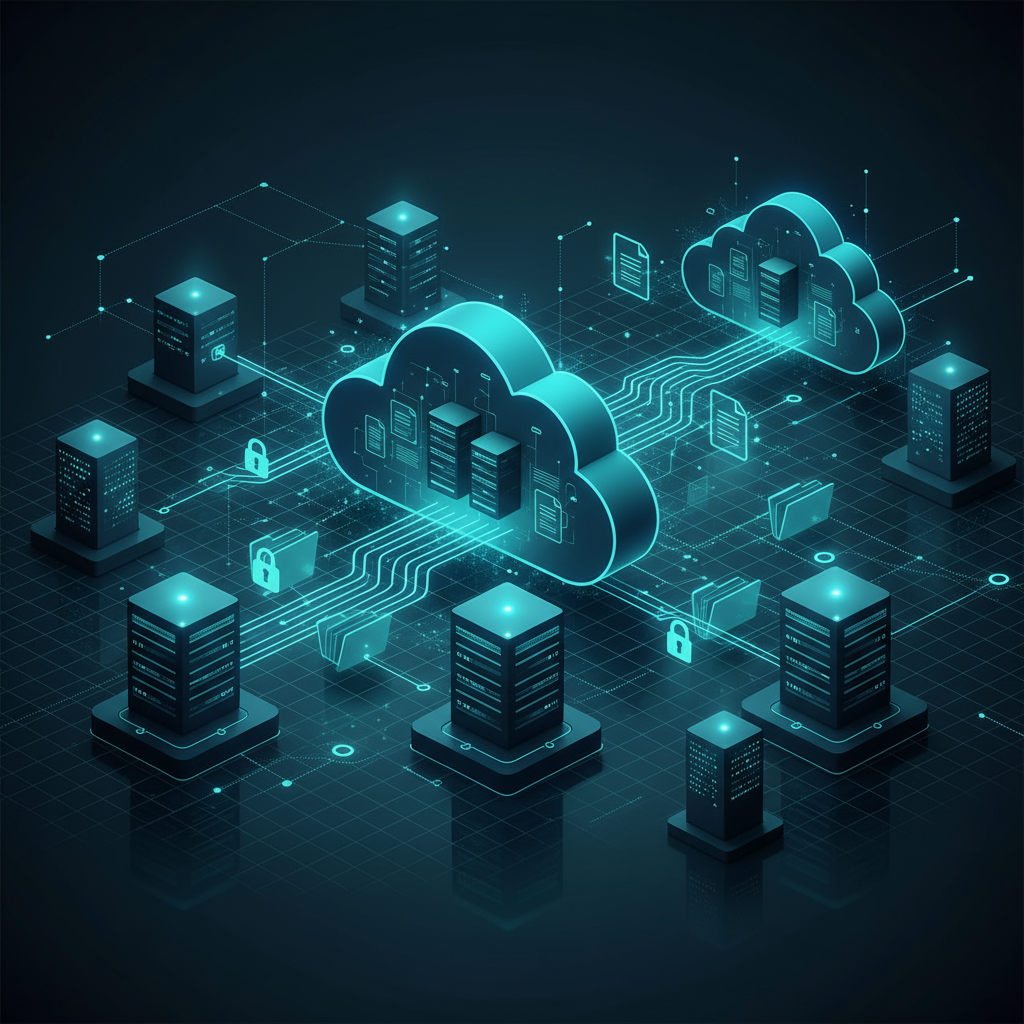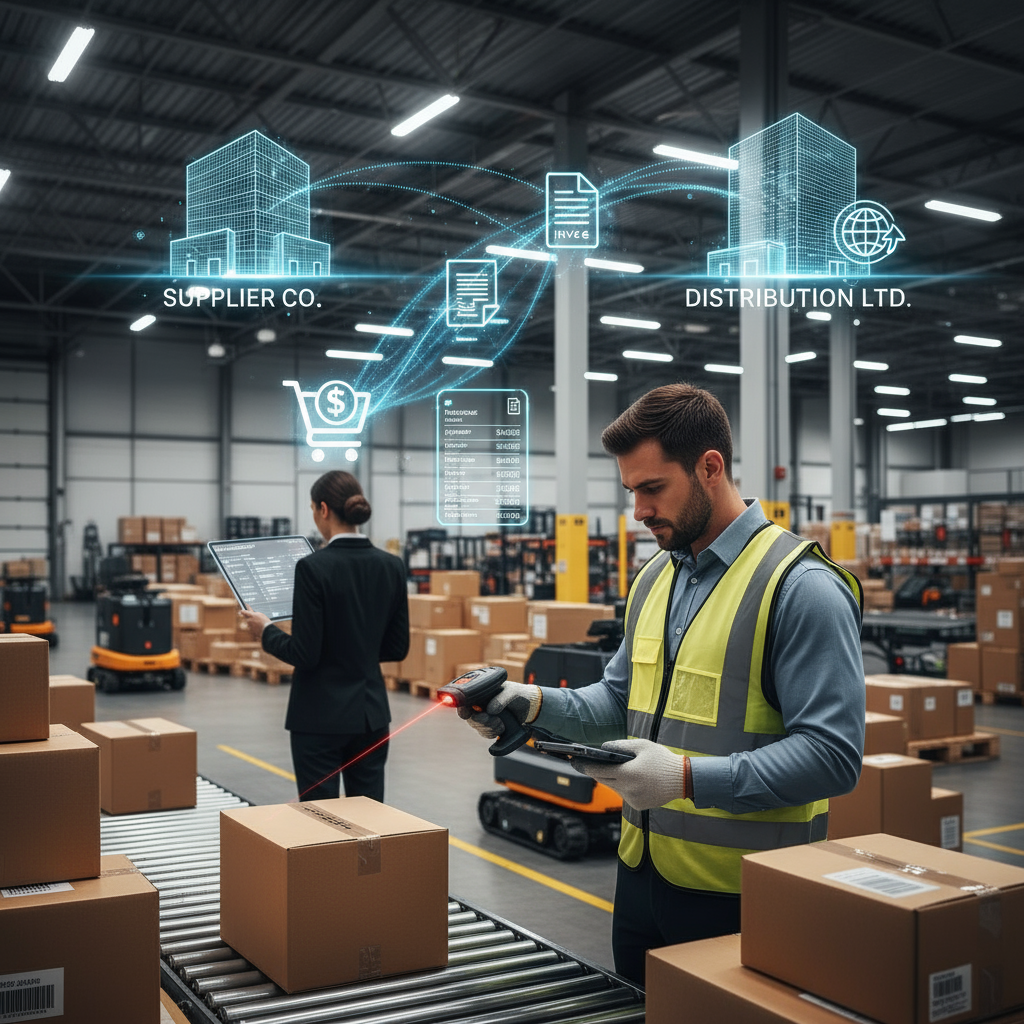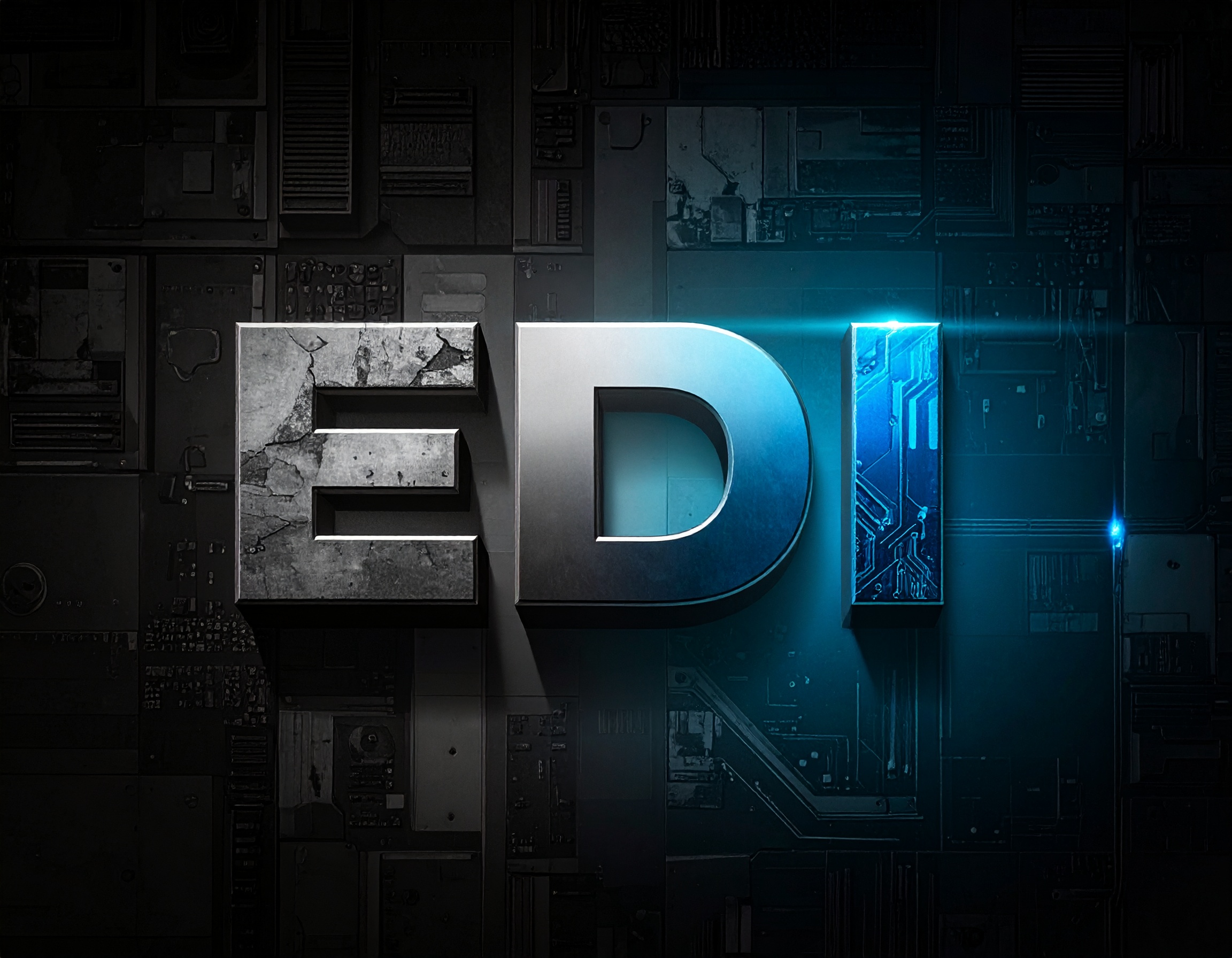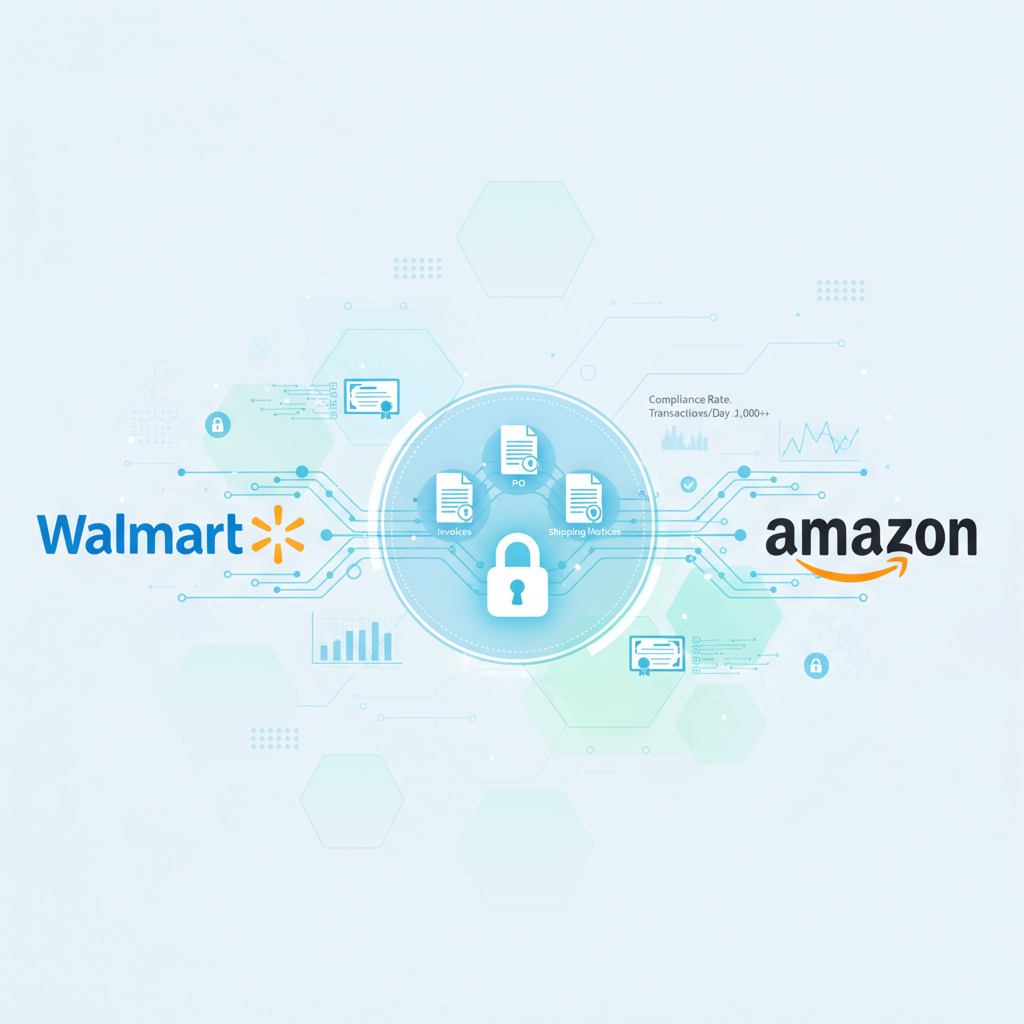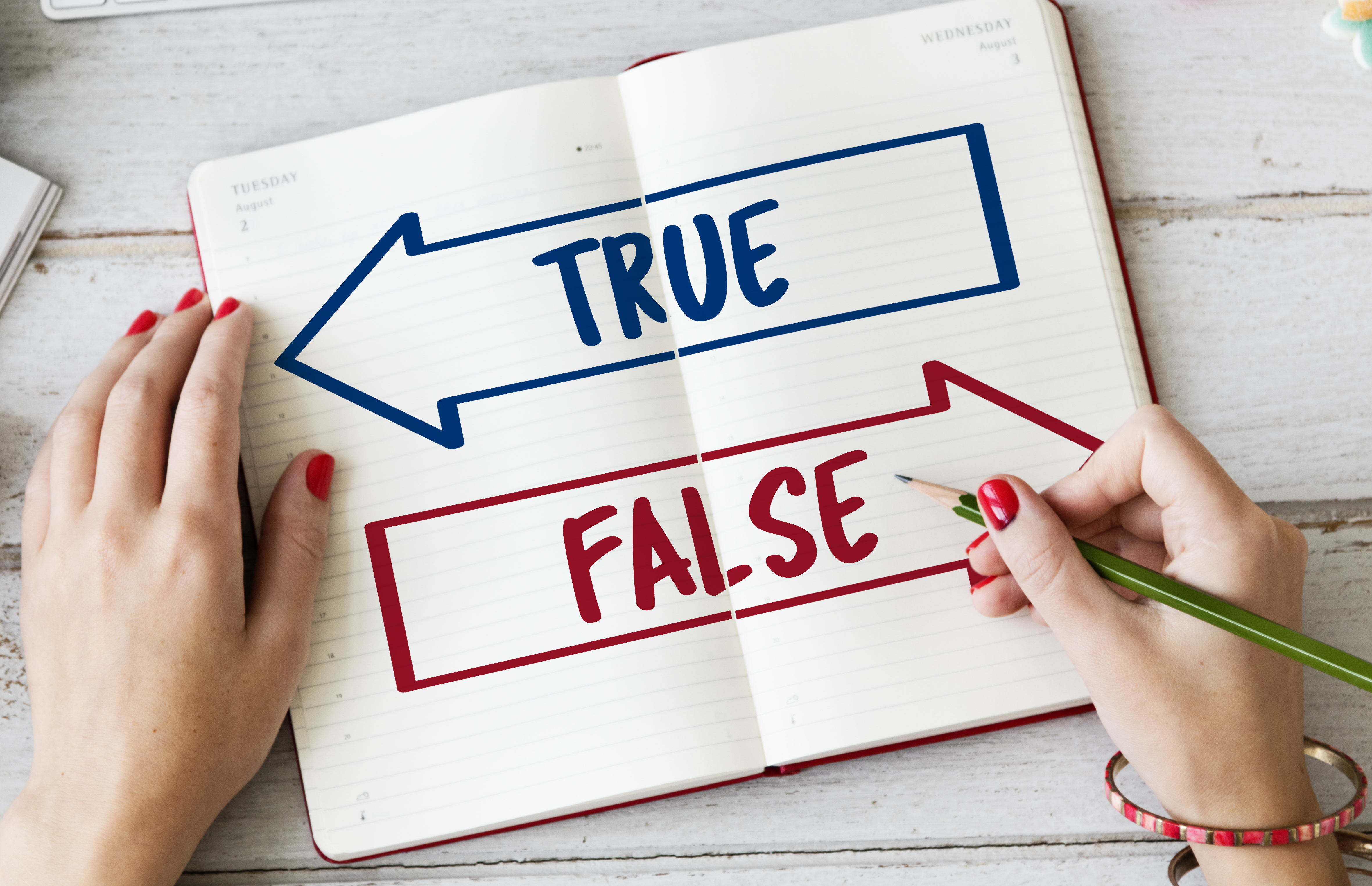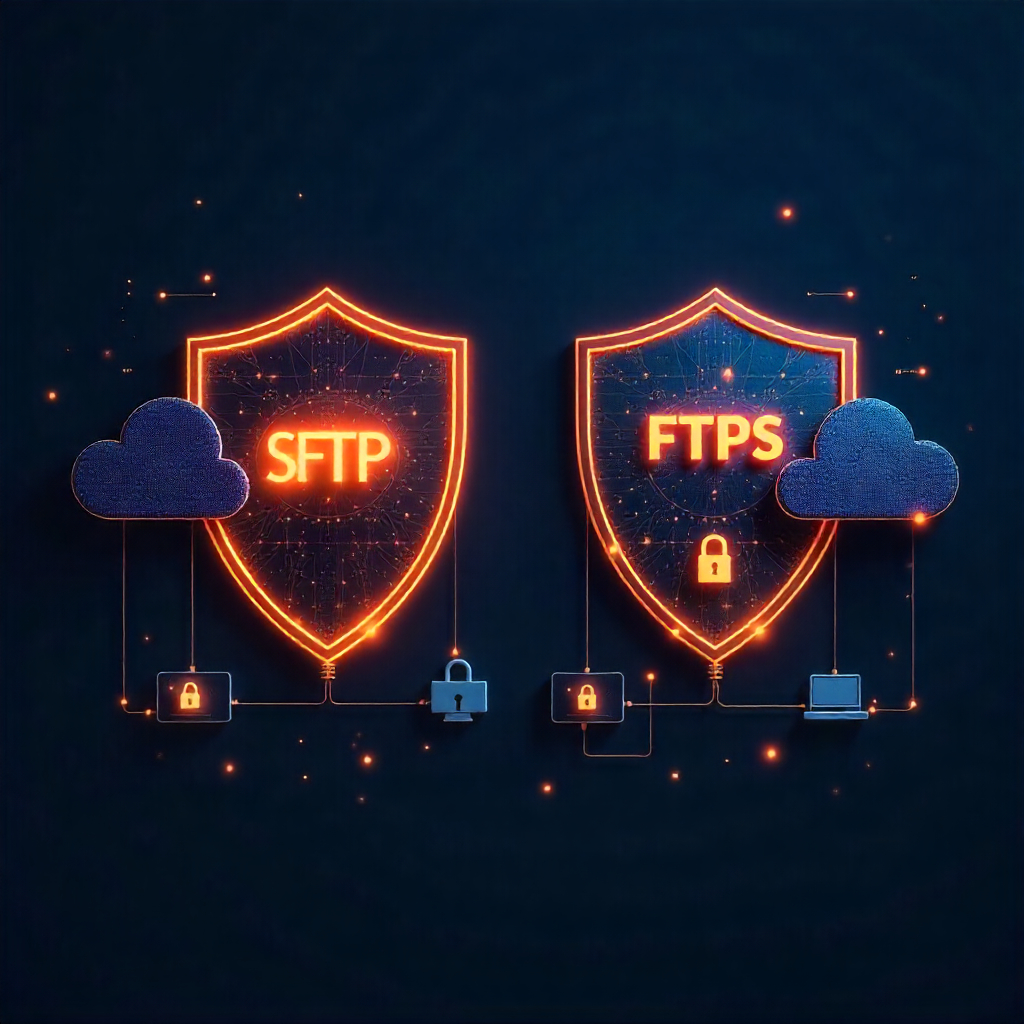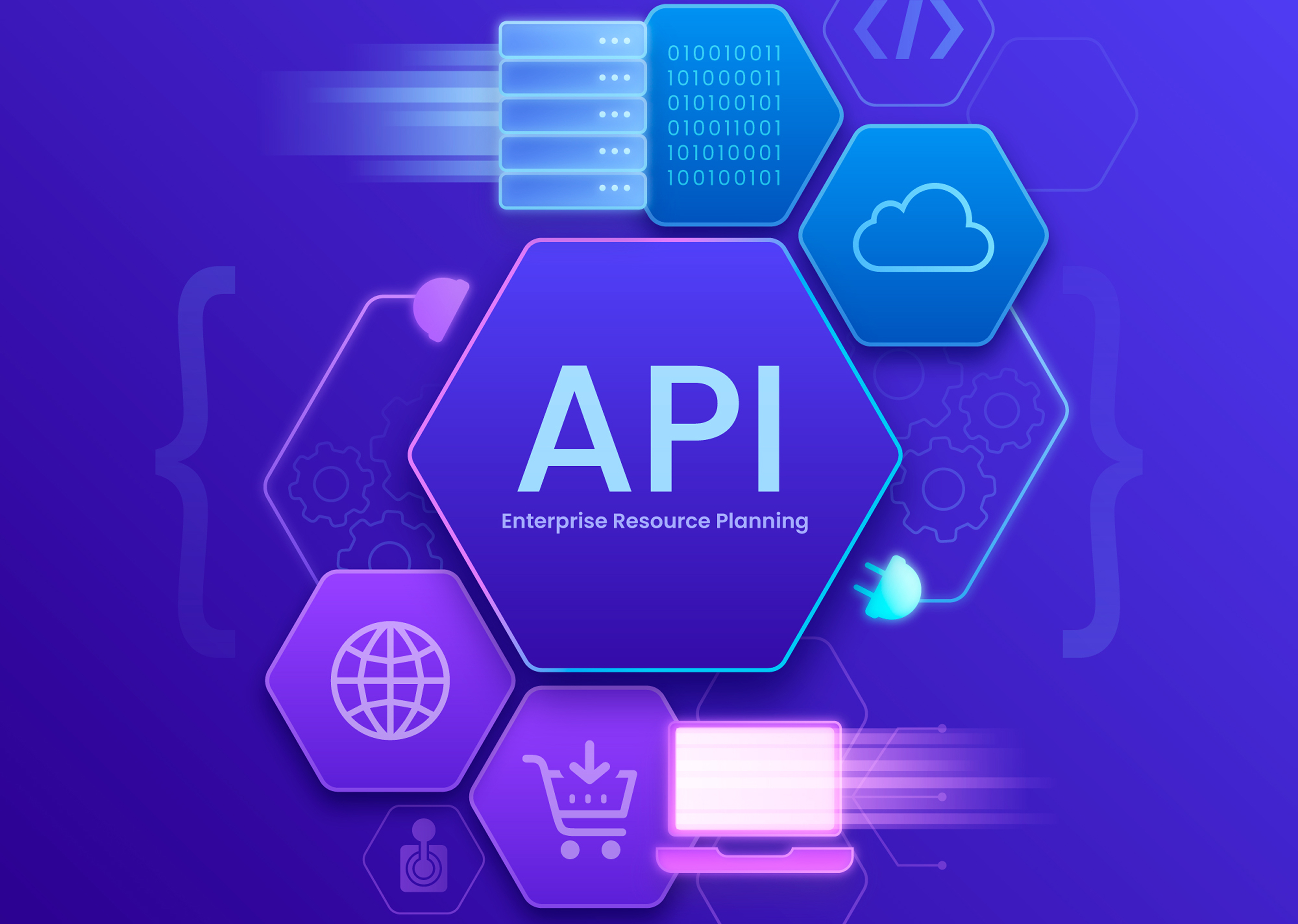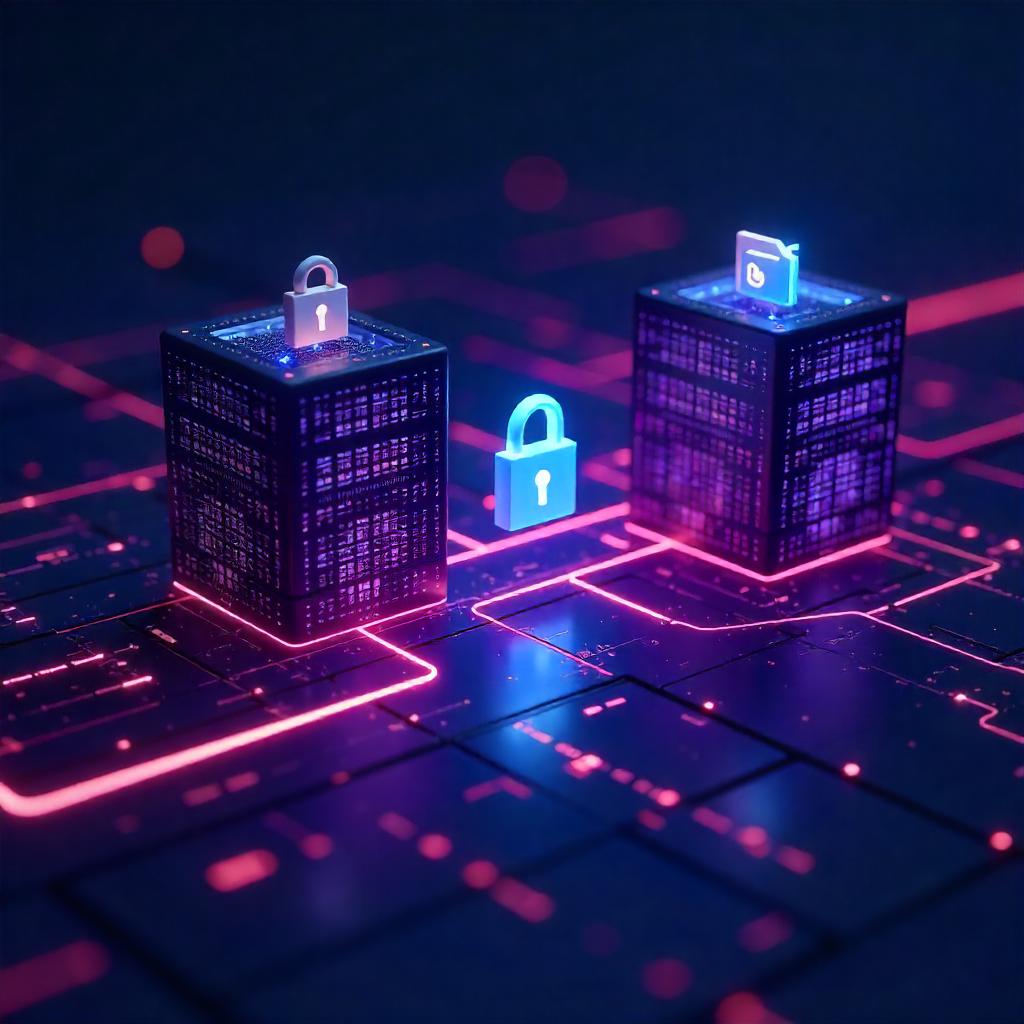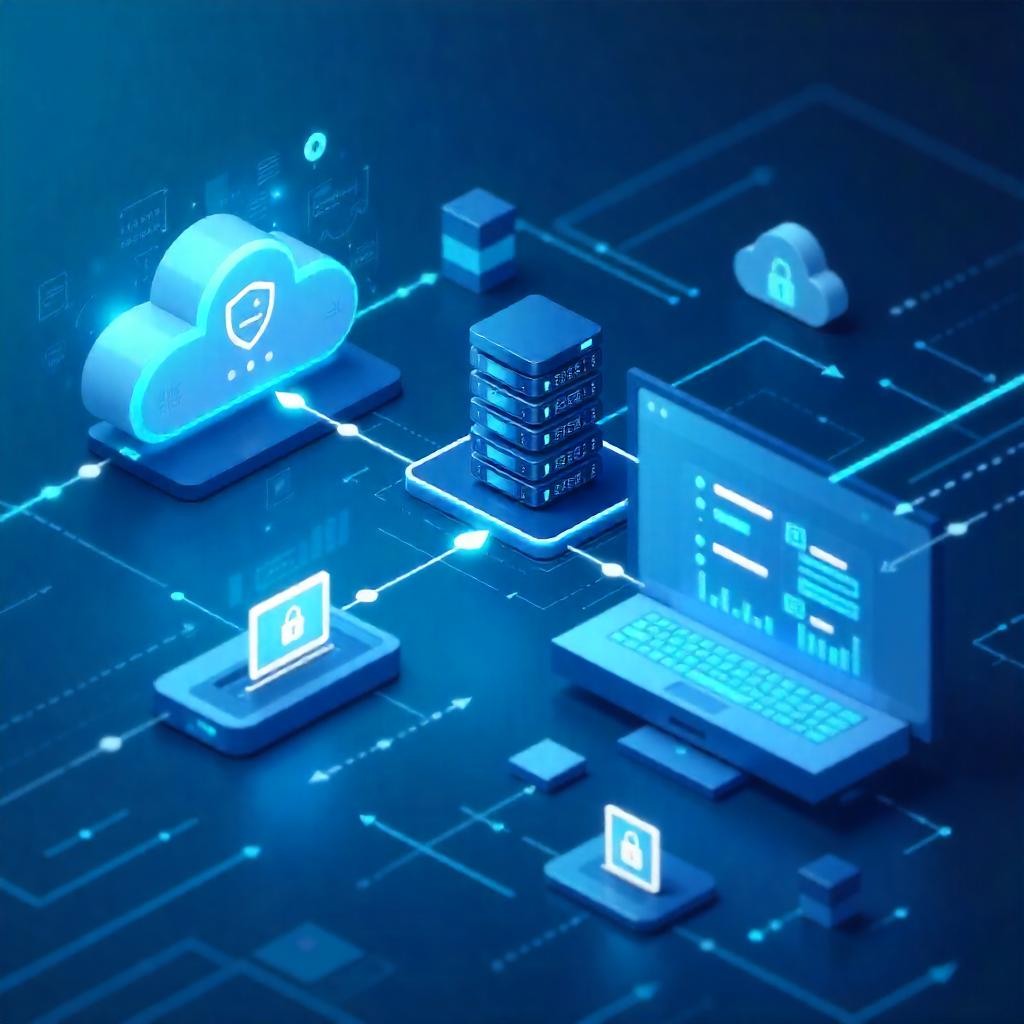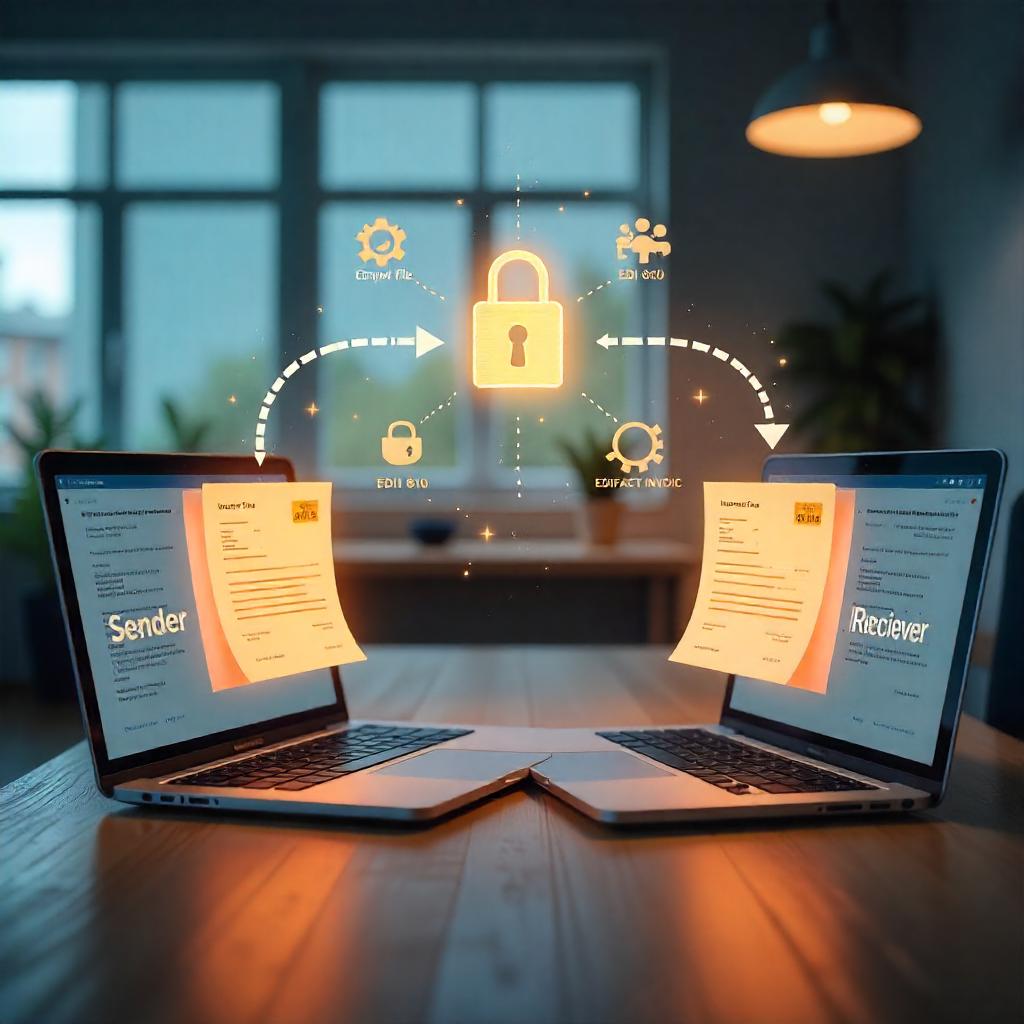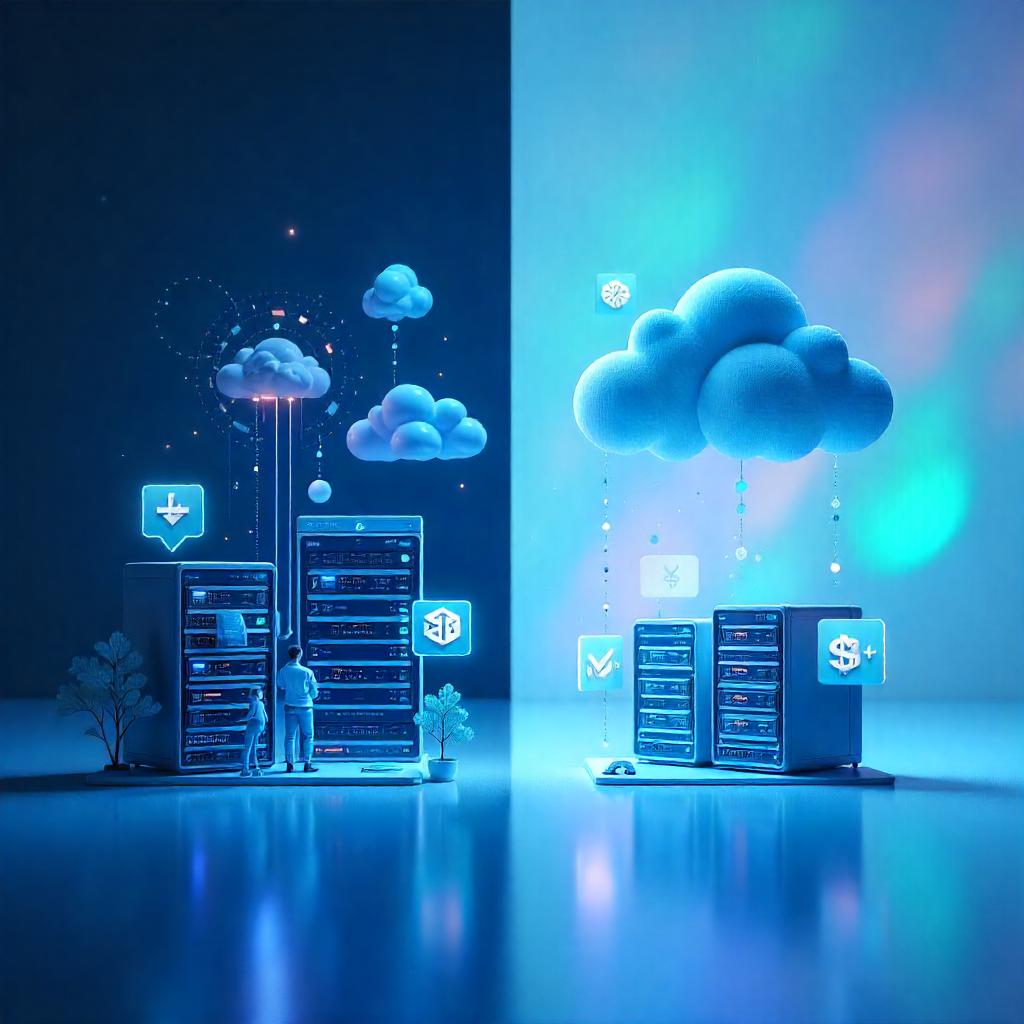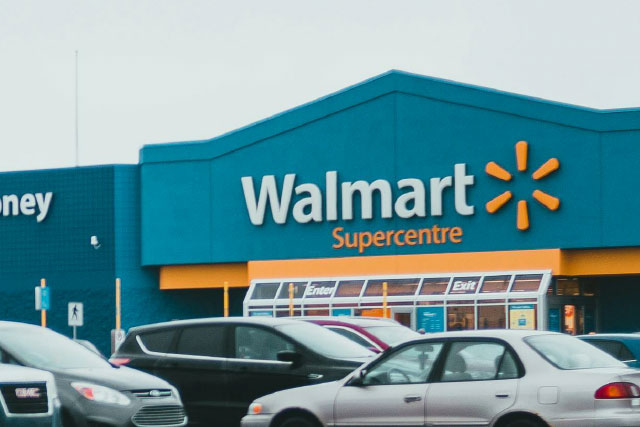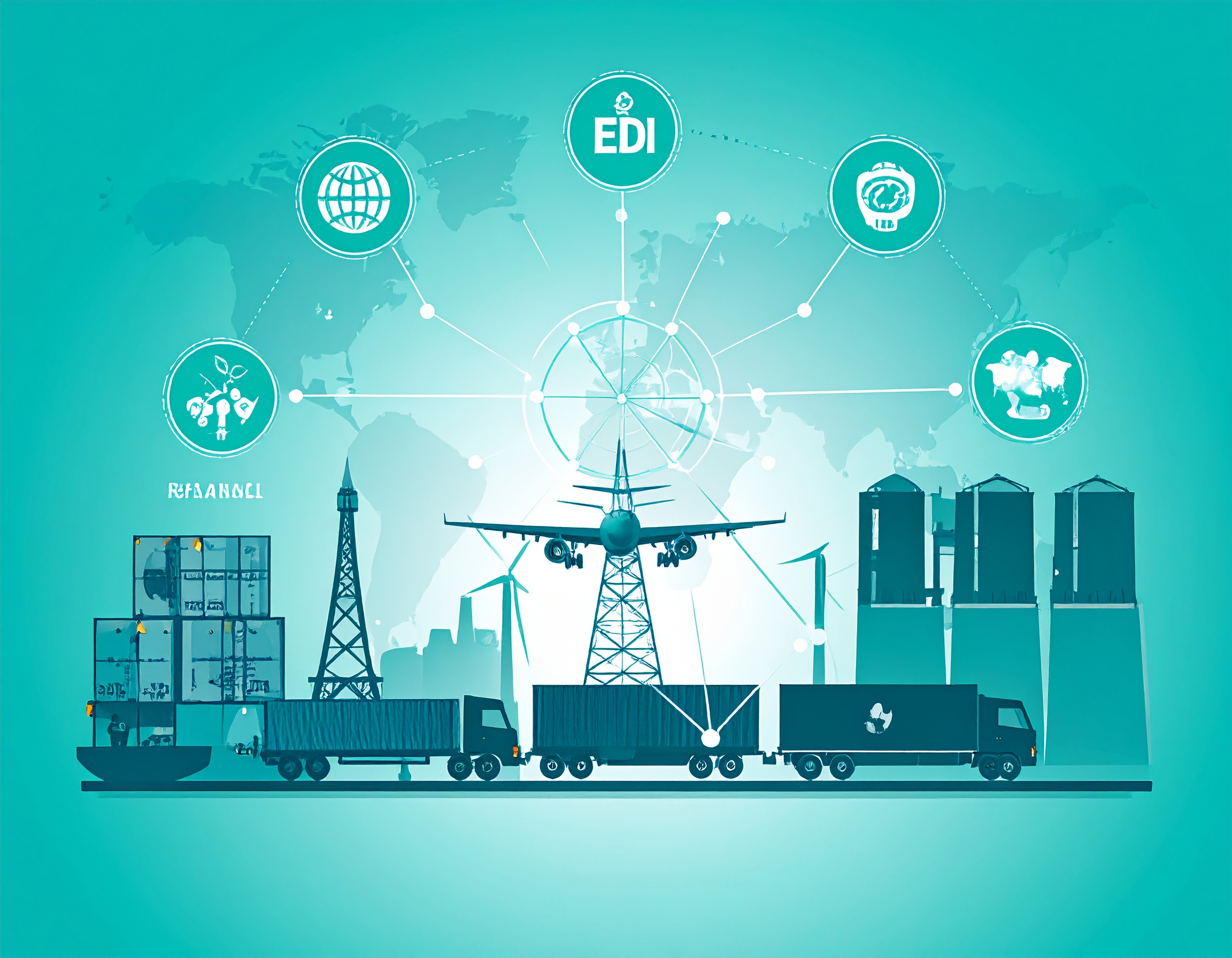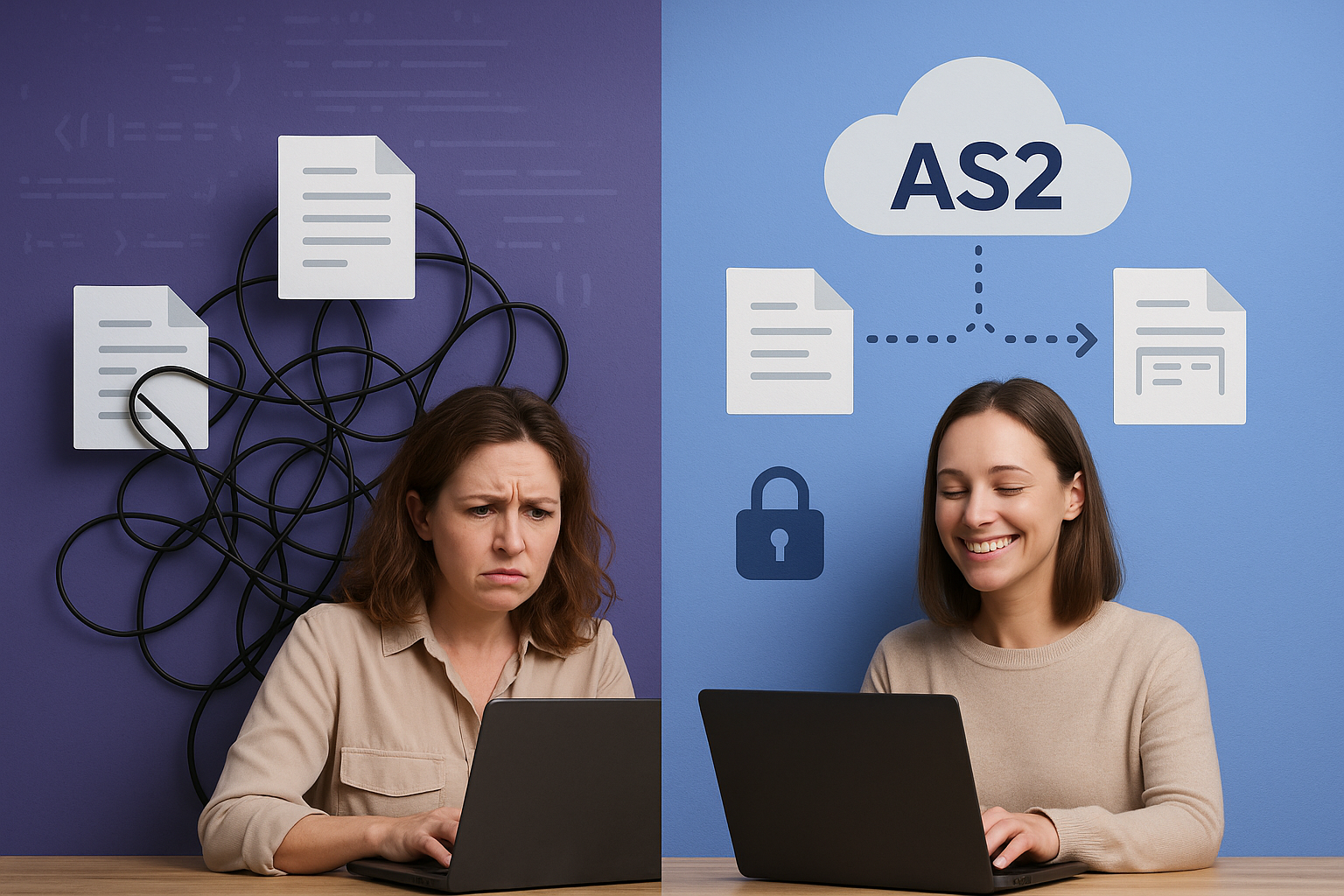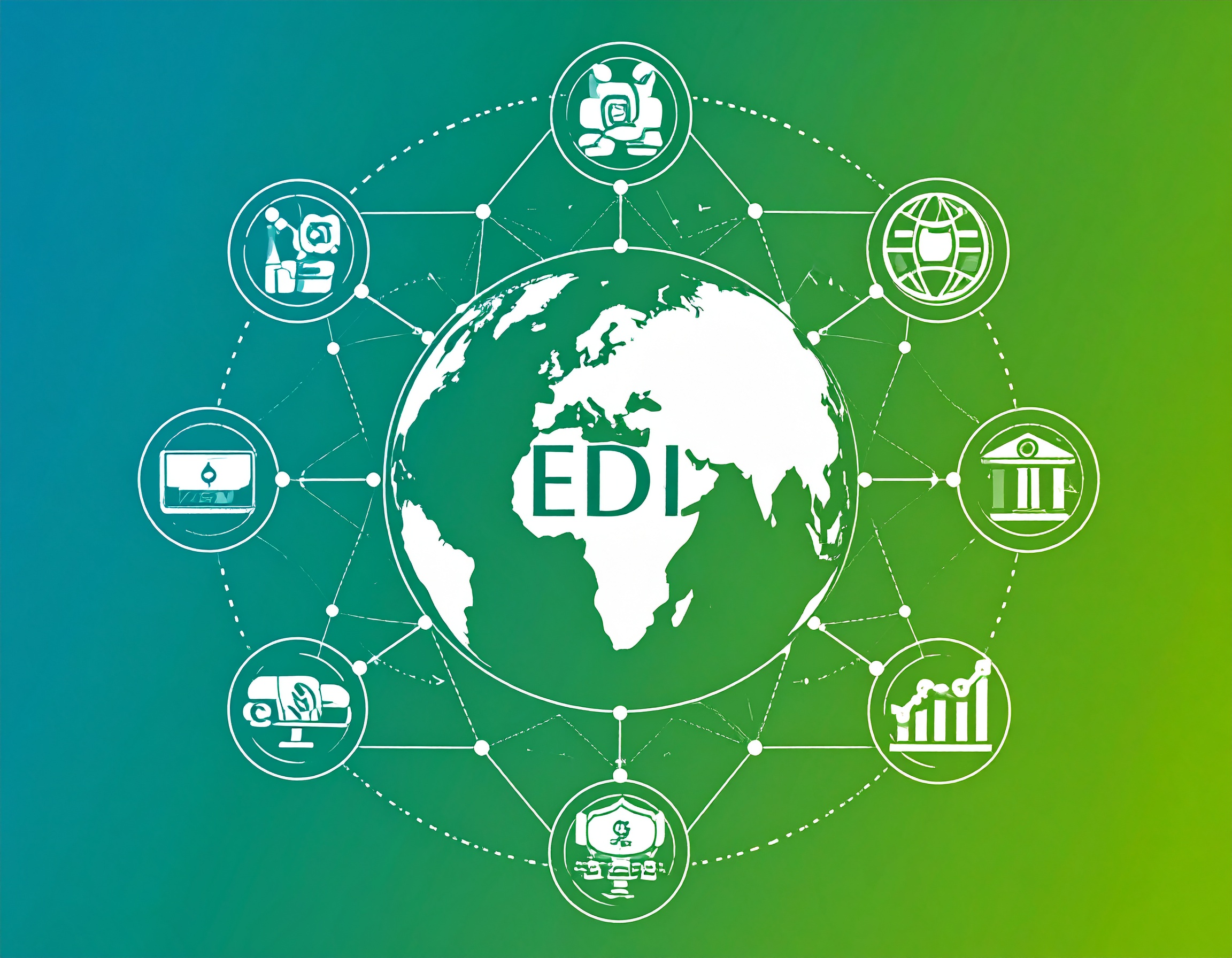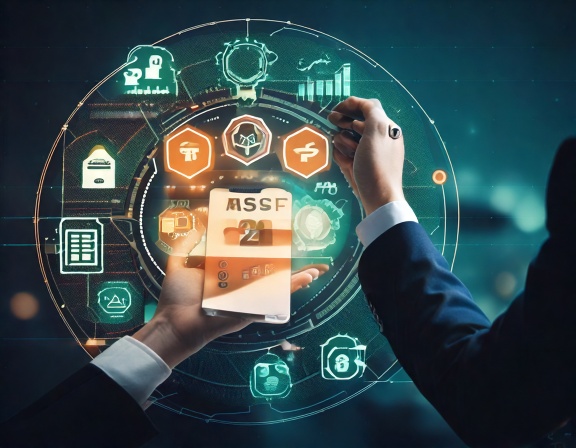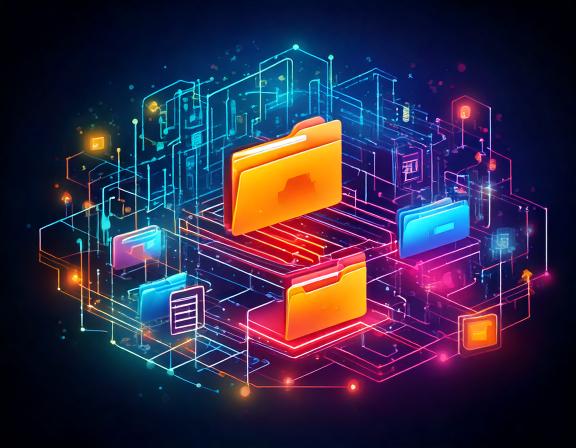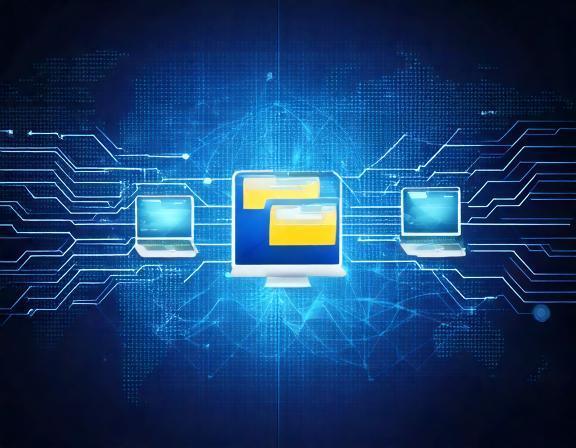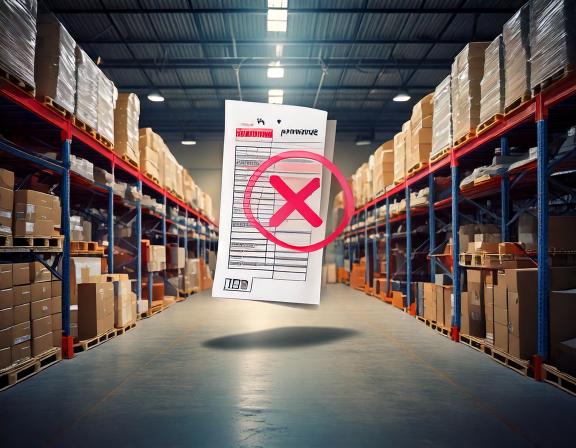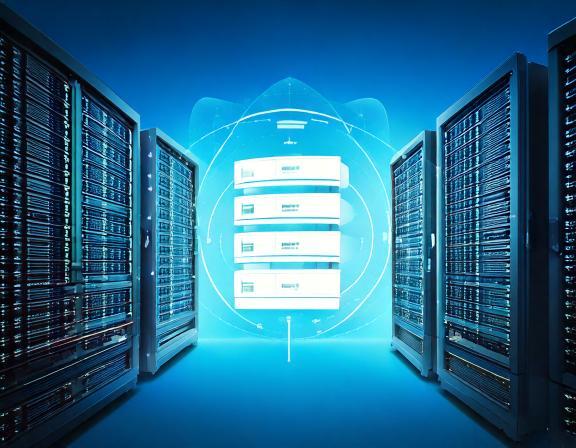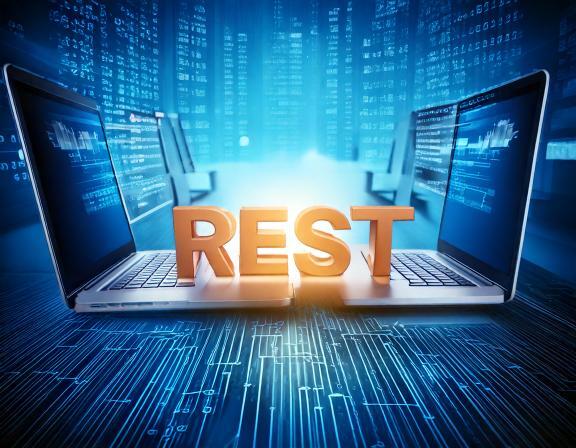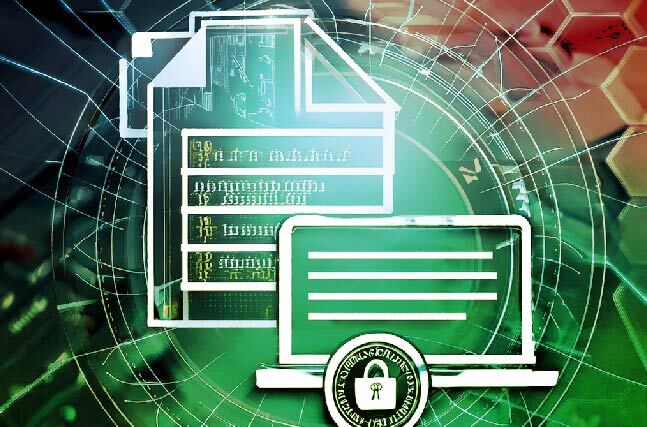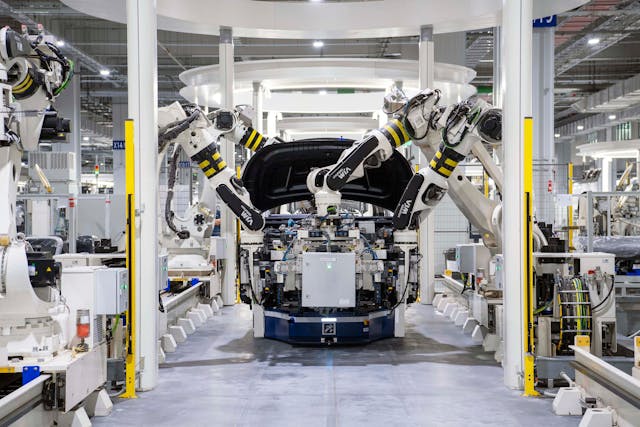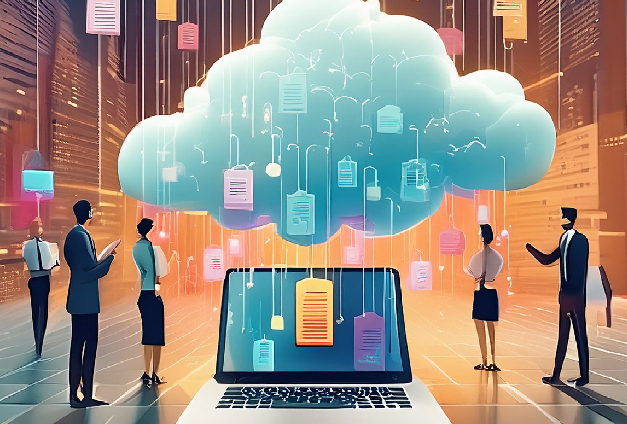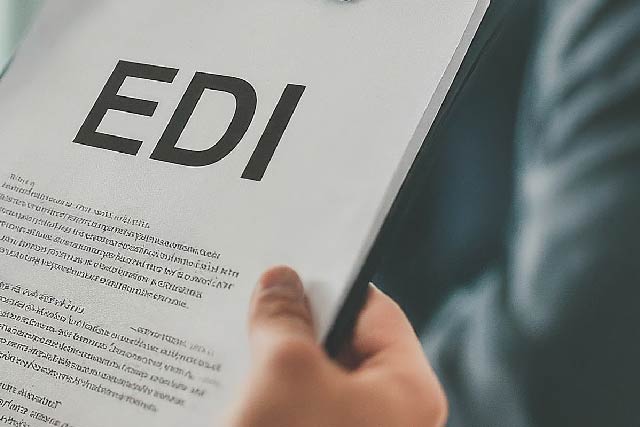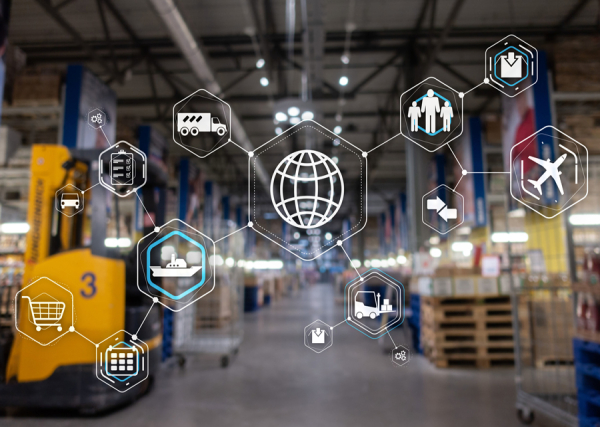MFT Gateway is a hosted Software as a Service (SaaS) solution that enables file exchange over the AS2 or SFTP protocol, without the need to install or maintain.
- Blog
- FDA ESG: Guide to NextGen Submissions
FDA | ESG
FDA ESG: Guide to NextGen Submissions
Discover the FDA's Electronic Submissions Gateway (ESG) and ESG NextGen, with key differences, new features, and improved usability.
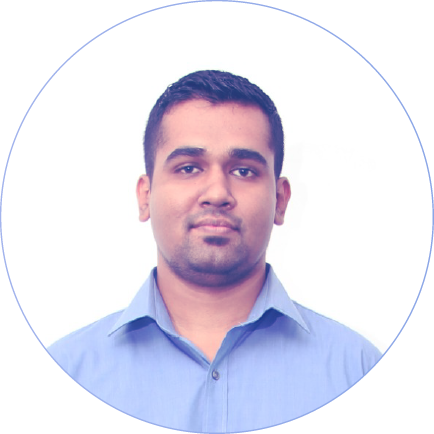
Udith Gunaratna
Published: 25 Sep 2024
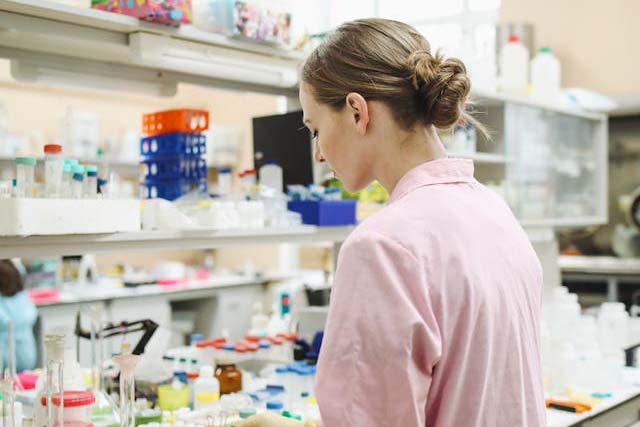
The Electronic Submissions Gateway (ESG) is an agency-wide solution provided by the Food and Drug Administration (FDA) for securely accepting electronic regulatory submissions. This article focuses on the upcoming version of the ESG, known as ESG NextGen, exploring its key differences from the current ESG system and the expected advantages it will bring.
Electronic Submissions Gateway (ESG)
What is ESG?
As previously mentioned, the ESG is the FDA’s agency-wide solution for accepting electronic regulatory submissions. It enables secure submissions from industry partners, covering both premarket and postmarket regulatory information related to pharmaceutical entities such as drugs, clinical trials, medical devices, and more.
The ESG offers several capabilities that help streamline the processing of electronic submissions:
- Enables automatic processing of submissions in a secure environment.
- Serves as a single point of entry, acting as a conduit for all types of electronic submissions.
- Provides multi-level acknowledgments of receipt to the submitters.
- Routes and notifies the appropriate FDA center or office regarding the submissions.
Submissions to ESG
The current ESG supports submission through two main methods:
-
WebTrader: This is a web-based portal provided by the FDA with a locally installable add-on for file uploads. It is designed for low-volume submitters and offers a simple, user-friendly interface for easy submission of regulatory documents.
-
AS2 (Applicability Statement 2): This is a more advanced method where submitters use the well-established AS2 protocol to connect with the FDA. It is ideal for high-volume submitters and requires specialized AS2 software to handle the secure transmission of large volumes of data.
- Aayu Technologies’ AS2 Gateway is a reliable solution for regulatory submissions to the FDA ESG over AS2, and it is already trusted by some of the world’s largest pharmaceutical companies. This solution is specifically tailored with an easy-to-use web interface and can be deployed in your own data center or cloud environment using virtual machines or containers.
- Aayu Technologies’ MFT Gateway is also a cost-effective SaaS solution designed for regulatory submissions to the FDA ESG, offering as a low-maintenance solution ideal for small to medium companies.
ESG NextGen
As the name suggests, ESG NextGen is being developed as the next generation of the FDA’s ESG, featuring a modernized, cloud-based architecture. At a high level, the new solution aims to provide improvements in several key areas compared to the existing ESG, including:
Usability:
- A modernized user interface for a more intuitive experience.
- Capability to accept submission files up to Terabytes (TB) in size.
- Enhanced submission status tracking process for better visibility and updates.
Scalability and Availability:
- Enhanced scalability and availability to prevent disruptions or delays in submissions.
- Implementation of more robust disaster recovery mechanisms to ensure continuity and minimize downtime.
Security:
- Strengthened cybersecurity measures to protect the highly sensitive data included in submissions.
- Utilization of enterprise-grade Identity, Credential, and Access Management (ICAM) capabilities to ensure secure access and data protection.
Submissions to ESG NextGen
The ESG NextGen will support submissions through three main methods:
- User Submission Portal (USP): This will be very similar in functionality and in usage to the “WebTrader” method provided by the current ESG.
- AS2 (Applicability Statement 2): This will be the same as the “AS2” method of current ESG, where submitters use the well-established AS2 protocol to connect with the FDA.
- API: This will be a brand-new method introduced by ESG NextGen, utilizing well-established RESTful standards to streamline the submission process. This method is still in the development or experimental stages. However, once finalized, it is anticipated to become the recommended method for submissions in the future.
Current ESG vs. ESG NextGen
The following is a high-level comparison of the current ESG functionality and the expected functionality of ESG NextGen (Source: FDA).
| Current ESG | ESG NextGen | |
|---|---|---|
| User Account Management | * Test then Production Account * Long turnaround time for account creation * Lack of enterprise ICAM solution |
* Comprehensive account provisioning workflow * Direct production account creation * Federated ICAM * Comprehensive account provisioning workflow * Direct production account creation |
| Package Preparation | * Client-side software installation required * Download & install may be blocked by company security policy * No auto-update if FDA changes form(s) |
* Web-based step-by-step submission preparation * In-page file upload * File size-based submission workflow * Incorporated Center submission wizards for a seamless user experience |
| File Submission | * Require digital certificate * No large file submission capability * Lack of transparent submission tracking * No integration w/ other FDA Center portals |
* eSignature to replace digital certificate * Improved file upload performance * Unified Submission Portal with status/tracking * API service * Large file submissions greater than 1 TB |
| Communication | * One-way user notification via acknowledgement | * Secure two-way user communication channel * Broadcast capability * Intelligent chatbot to improve user experience |
ESG NextGen Timeline
The following is the high-level timeline published by the FDA regarding the introduction of ESG NextGen and its anticipated production go-live:
2024 Q2
- Completion of ESG NextGen design
- ESG NextGen implementation and internal testing
- Planning user acceptance testing (UAT) with centers and the industry partners
2024 Q3-Q4
- ESG NextGen environment configurations
- Industry training and awareness
- Conducting user acceptance testing (UAT) with centers and the industry partners
2024 Q4 - 2025 Q1
- ESG NextGen completion and Go-Live
If you would like to gain a more in-depth understanding of upcoming ESG NextGen and its expectations, you can watch this webinar conducted by the FDA team for the industry partners.

Talk to an EDI Expert
Join hundreds of organizations already taking full control of their B2B AS2 communications with our trusted solutions. Contact us today to tailor a solution that fits your specific AS2 EDI needs.
Related Articles
View All BlogsExplore our product stack
Try before you buy with a 30-day Free Trial
No commitment, all value. Try the AS2 Solution Risk-Free and discover how our solutions can transform your business workflows. No credit card required.
Explore Your Possibilities
Elevate AS2 Communications with our EDI and AS2 Solutions
See how our AS2 and EDI solutions can simplify your integrations, boost efficiency, and keep you compliant—request a personalized demo today.



